-
Content Count
3,569 -
Joined
-
Last visited
Posts posted by utyer
-
-
Yes, its is a good vise. I don't care for them but that is of no matter. They are well made and will last you as long as you need it to. The company is known for an excellent line of vises, and good customer service.
-
Good idea, I am thinking that it would make good stonefly nymphs. Stuff some foam into the replace the core, and they may float, and work as stonefly adults too.
-
Welcome. what part of Wyoming? I learned to fly fish in Jackson Hole. I still get up there but now fish mostly in Idaho when I am out west.
-
The only time I use swivels is when I am making lanyards.
-
There are quite a few similar profiles, the TMC 200R is one, and Montana Fly Company, Allen, and quite a few others have similar ones.
-
I tie my own leaders. Nothing special, just 3 or 4 steps. I fish mostly Saltwater, and heavier flies. 17-20 pound tippet, which I can step down to 12 for inshore. I make them from Trilene bulk spools at a cost of about 25 cents each.
-
-
Look like a good one. I will have to try some myself.
-
That is a technique I have not seen before, thanks for posting.
-
On 8/28/2020 at 12:11 AM, fshng2 said:That set looks like the ticket and good price thanks for posting.
Do you know if they are sharp enough to use in a drill to cut 1"thick foam?
I don't know for sure, but others have said they should work. After years of working on rod building and repairs, I have a nice collection of old ferrules that I use for cutting foam.
-
Harbor Freight has a hole punch set for under $10.00. Then just by 2 or 4 mm sheets from a craft store.
-
My list would start with Wayne Casto, who didn't tie flies, but did get me started fly fishing. He mentored me and showed me his 12 essential patterns. He critiques and used many of my earliest attempts. My first book on Fly tying was the Wise Fisherman's Encyclopedia, followed by Flies by J. Edson Leonard. I ended up with about 120 books on Entomology, and tying patterns to imitate them. My list of earliest books and influences would include: James E. Leisenring & Vernon S. Hidy, Doug Swisher & Carl Richards, Al Caucci & Bob Nastasi, Gary LaFontaine, Charles E Brooks, Jack Dennis, Ernest G. Schwiebert, Vincent C Marinaro, Sylvester Nemes and many others.
I was in West Yellowstone in 1975, and picked up a copy of The Soft-Hackled Fly. The next day was a downpour, and I sat in the cafe in Last Chance, and read the entire book. I then went into the Henry's Fork Angler, and purchased a Partridge skin. I spend the afternoon tying up a few dozen Soft-Hackled flies of my one. The next day I drove up to the Firehole and fished a run mentioned in the book. Syl Nemes became my biggest early influence.
Through the years, I most of my inspiration from books and magazines. Only in the last 8 or 10 years have I started watching videos. There are some very good ones among the thousands on YouTube. Some of my favorites are Charlie Craven, and Kelly Galloup, Davie McFall, and Hans Weilenmann. Since joining this forum, I have learned from and been influenced by many, many members. I will not list them so as to not offend any I forget. This is after all a lifelong learning experience. I don't think it's possible to learn and master everything there is in fly tying in one life time.
-
Well you can fish the creek, which does run into the Green River about 50 miles west of Price. That far from the mountains, the creek will have been through dozens of irrigation systems, and the water will be quite muddy. Better fishing in that area would be some of the small creeks west of Price. PM me and I can give you some options.
-
-
As far back as I can remember (and it was a LONG time ago,) I went fishing with my grandfather and sometimes my dad. In those early years, we were not fly fishing. When I was just starting my teen years, I found a fly rod in the garage, and took that up the canyon and whipped it around some, don't remember catching anything. In 1965, I got a summer job on a 33' pontoon boat. We loaded about 20 guests on board every morning and floated the Snake River in Jackson Hole. The float ended between 1 and 2 in the afternoon and on many days, we would have time to kill before loading the boat on the trailer. Wayne, my boss and captain, said lets go fishing. I didn't even bring any fishing gear, but he loaned me his spinning rod. We went over to some beaver ponds (now closed to fishing,) and Wayne fixed me up with a rig that had a nymph under a water filled bobber. I would cast it out and let the nymph sink and give it a twitch every now and then.
Wayne started around the pond casting with his fly rod, and I was mesmerized watching him cast and catching small brook trout. I was so caught up in what Wayne was doing, I missed many of my strikes, but I did catch some. I called back home that night and asked mom to dig up whatever fly rod outfit she could find in the garage. I got it a few days later, and started trying to learn to cast it. The rod was a POS glass rod from way back, the line was level, and the reel was nothing but a crank on a spool. But the river was there every day, and after tying up the raft, Wayne and I would wade out and start casting.
Wayne taught me how to cast, and also showed me 12 flies that would work. He had spent many years as a park ranger in Yellowstone, and Glacier Parks, and knew what worked. That first summer, I spent my "spare" money of a better reel, and line, and flies. The flies from Carmichael's shop in Moose were 50 to 65 cents each, and I went through a bunch. That fall, when I got back home, I dug out the only book I knew of on fishing. The Wise Fisherman's Encyclopedia was my only resource. From that I started learning to tie on my own, and learned to tie all of the patterns I had been buying. I also dug through all the fishing rod parts in the garage, and built myself a bamboo fly rod from three sections I found that fit together after I found some ferrules to restore it with.
The next summer with my new supply of flies, I went back up to Jackson for another year of guiding tourists and fly fishing. As bad as my flies looked, they did catch fish, and I kept on learning. With practice, many more books, and clinics from every fly tier I could find, I very quickly got better. For the next 30 years, I worked in various sporting goods stores and tackle shops. I did a lot of custom fly tying during those years. In 91 I went back to college, and by 96, I had a new career.
Went into an entirely new line of work and after 24 years retired to Florida. Now I tie only for myself and a few very select friends. I now tie fewer than 1000 flies a year, since all fifty of my different boxes are pretty full. I owe all the success I have had fishing and tying to Wayne Casto, and the many other people who I learned from over the last 55 years.
-
About 7 months ago, I installed LInux on my OLD Lenovo. Completely removed the Windows OS, and the Old Ideapad works much better. After a month of using the old one, I loaded Linux onto my New Lenovo. This time I setup a dual but install. I can still access the Window OS, but almost never do. I have never used any of the Apple products.
-
I have 3 pairs of "breathable" stocking foot waders, a waist high pair from Cabelas, and a Chest high pair from Simms. Both are over 10 years old. These I use for wading in the small streams, and larger rivers of the west. I ware Korker Boots when I am out west. I keep these items out in Utah. I have patched the Simms waders just once, and that was also about 10 years ago. I used UV wader patch glue right on stream, and it has held ever since. My third pair I got last year, (Magellan brand from Academy Sports) for use in Florida. Yes you can wade in some rivers in Florida, but ONLY in the coldest months of the year. From mid December, through March there is a Shad Run in the St Johns river, and there can be good fishing to be found on both the St Johns and Econ rivers. In Florida, here is no need for Felt sole boots, since most of the bottoms are sand, and a lot of the walking is on-shore. I use a pair of Frogg Togg Saltshaker flats boots. I spend many hours walking along the dikes along the Indian river fishing from shore, and often wade out into the lagoon.
-
The clips are not an good solution, they will sink most small dry flies. If your tying flies, always run a scrap piece of feather through the hook eye after you finish the head with polish, or whatever you like to use. You always have the fluffy ends of any hackle you use handy. Just find one of the right size. Then you know the eye is clear. On stream, use a needle threader used in sewing is one answer, and There are some threaders marketed to fly anglers and at one times orvis sold a fly box with the threaders built in. The one shown, was a box I got for my mother. She loved it. I keep it for when I can't see the tiny bugs any longer.
-
I know exactly what flies I started with, since my mentor gave me a list. Of course I don't have any of those flies now. About 10 years ago in cleaning up my fly tying boxes, I did run across a few flies from about that same time: These would have been tied between 1965, and 68. We all started with something, and hopefully improve quickly. After finding these and taking these pictures, I stripped and reused the hooks.
-
I stand corrected (AGAIN,) sorry, I misread the topic and posts.
-
About as far North as I get is to the area between St Anthony, and West Yellowstone. I try and get there every spring, but had to skip this year.
-
After starting out with some real junk, I started working in sporting goods stores, and bought one of the first Fenwick Glass rods that had no metal ferrules. Then I started building custom rods for about 25 years. Went through about every brand you could think of. Every year I would "step up" with a more expensive rod. Winstons, Loomis, Sage, and Orvis rods were lined up on my rack. My favorite OLD rod is a Sage RPLX 8 weight that I built in a rush. With only a week to get ready, I tied flies, and I built that rod. I coated the guide wraps with 5 mix epoxy since I didn't have time to let it set up overnight. Next morning I set off for Boca Paila, and had a great week of fishing. 29 years later, the finish on the guides was cracking and pealing off, so I re-wrapped the whole rod. I still had two spools of the same thread. I still fish it, and expect it to last another 29 years. Ever since leaving the tackle industry, I have "devolved" my rod collection. I can fish with ANY rod, and as long as it performs well I don't care what brand it is, or where it might be made. I fish with rods that cost LESS than $200 and they cast just as well for me as any rod I have ever own and better than many. The second photo was taken just after the finish was applied, the milky areas dried clear by the next morning.
-
-
Happy birthday Mike, a little late. I would like to build a "shop," but the HOA would have a fit. Hope it all comes together quickly.

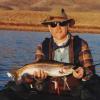

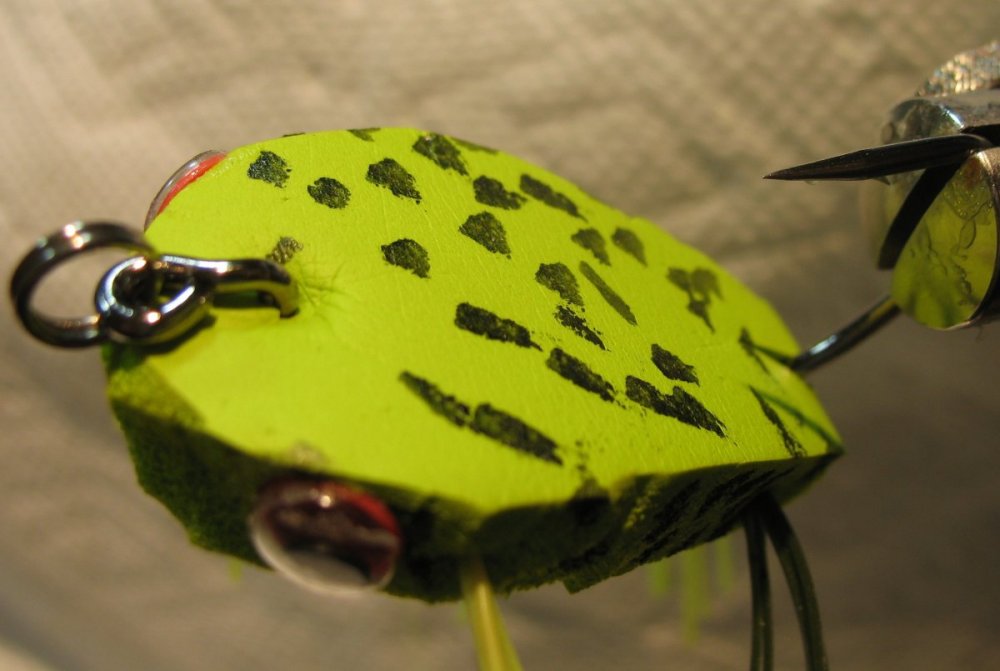

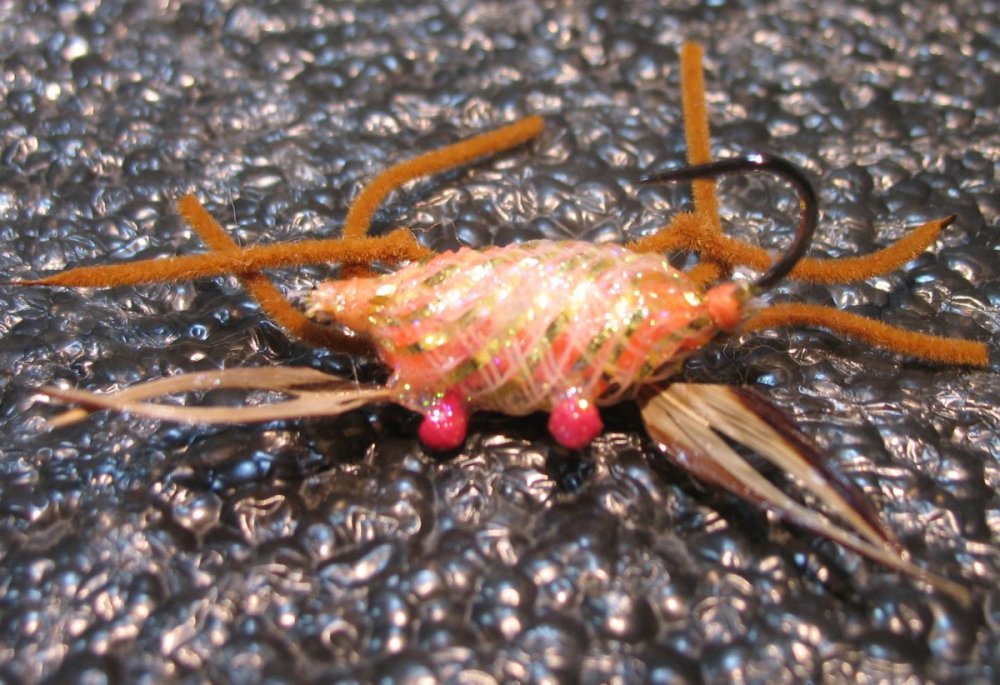


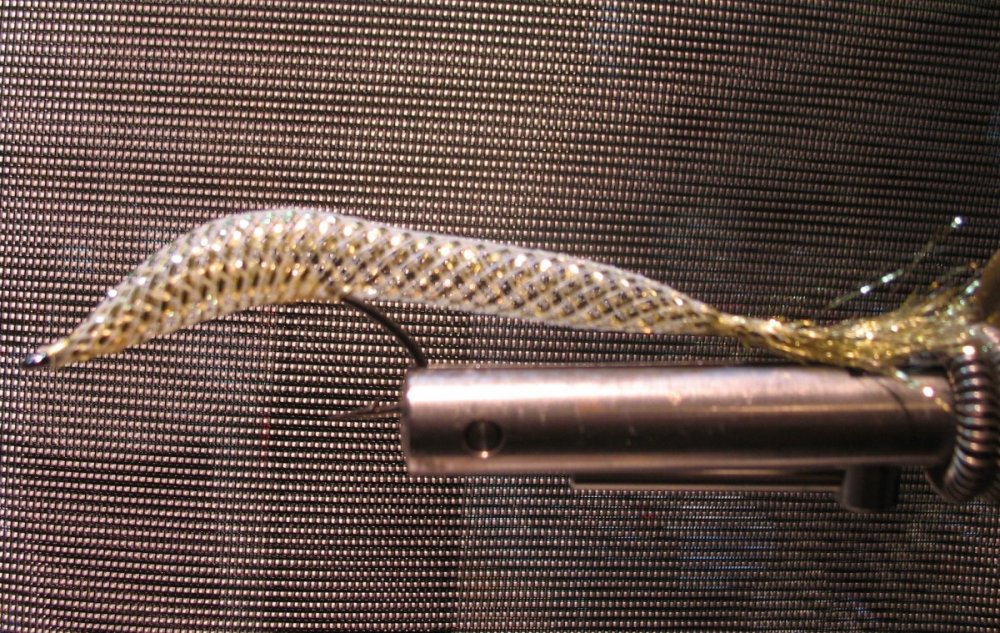
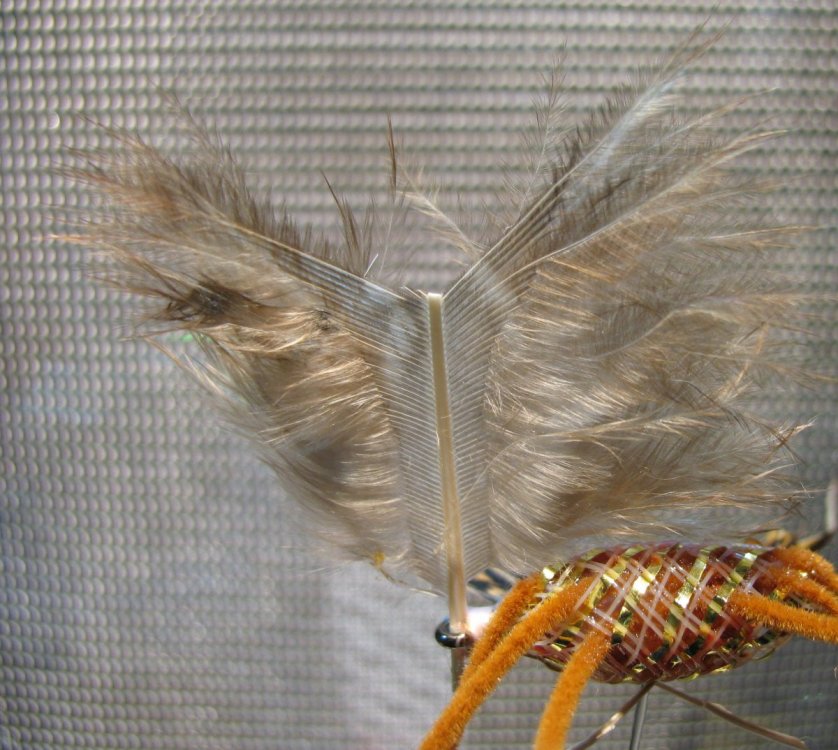

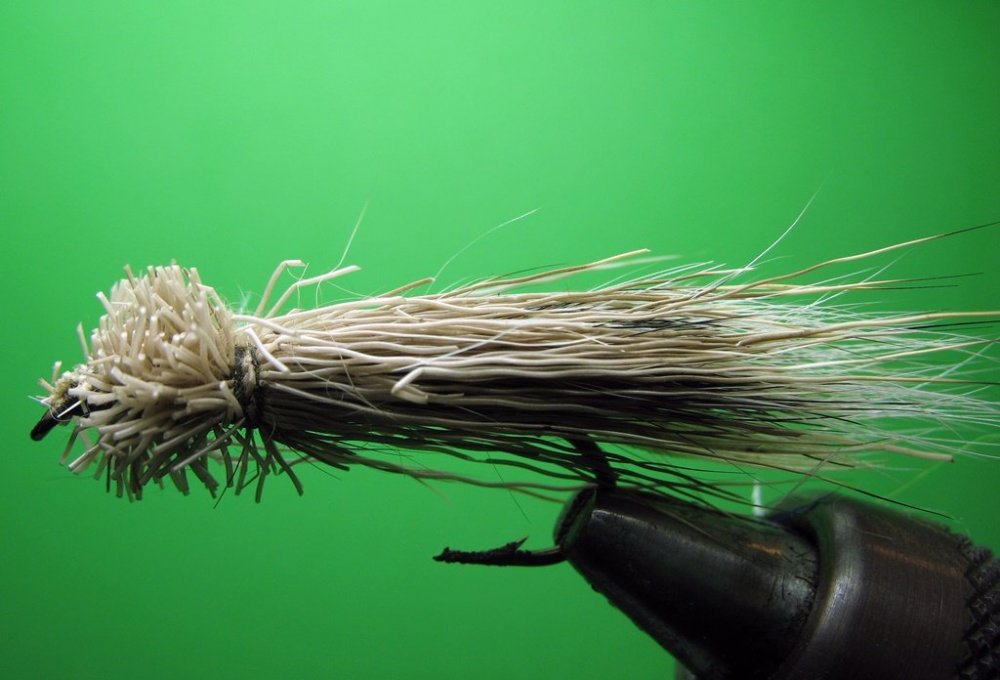
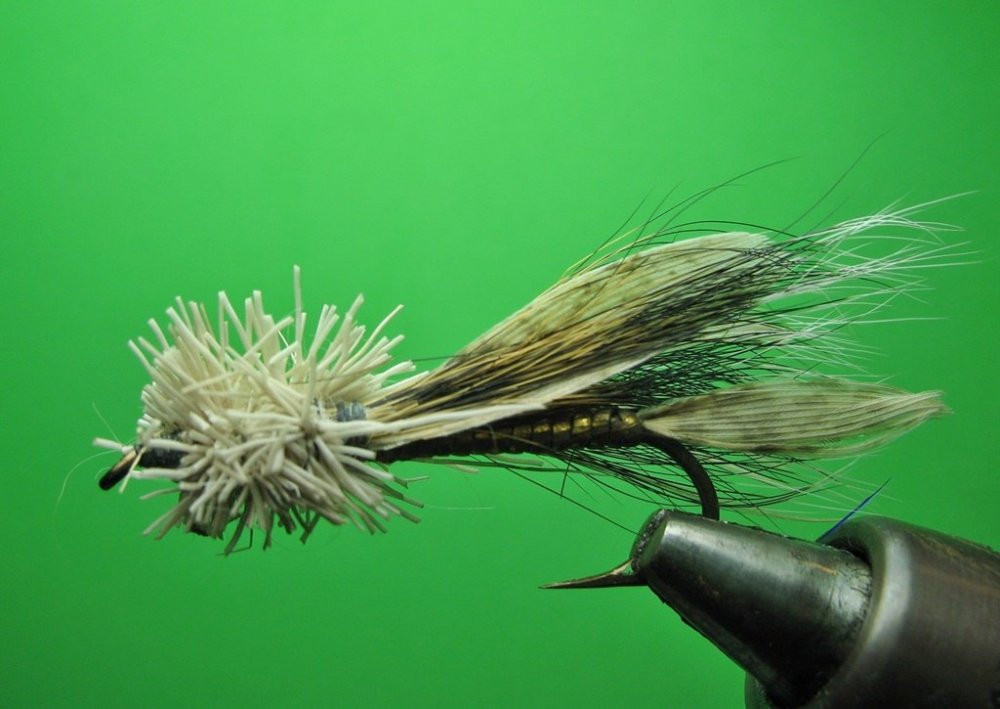
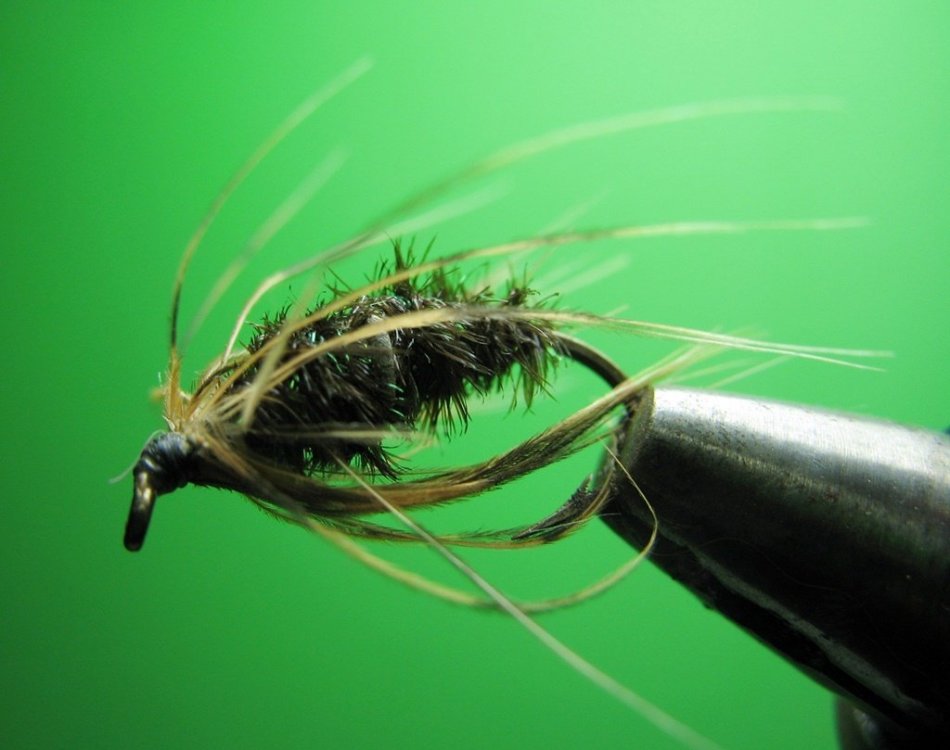

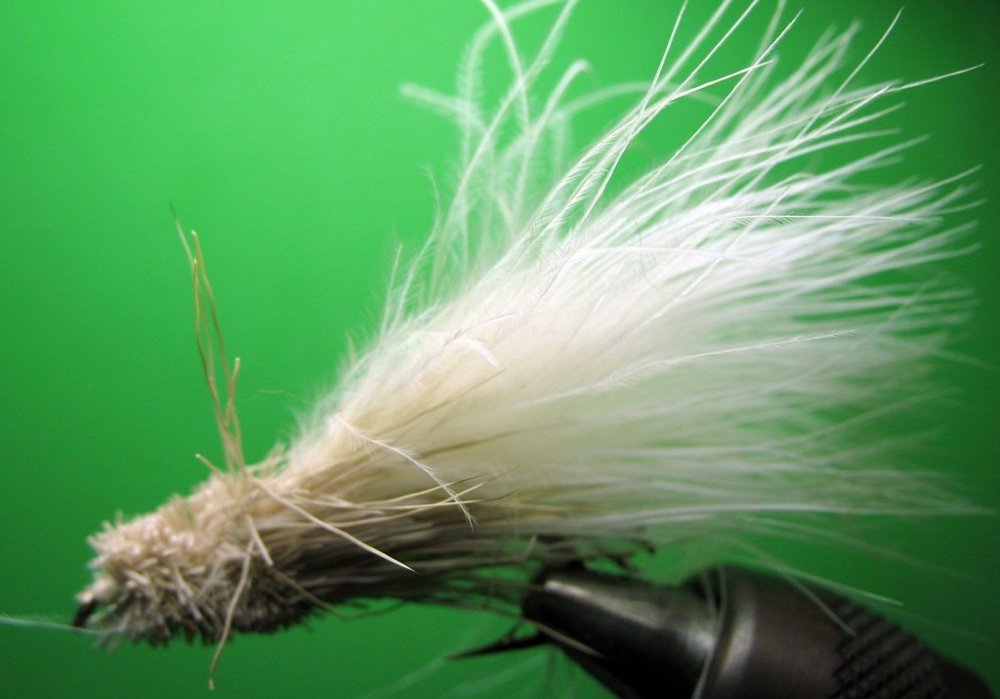
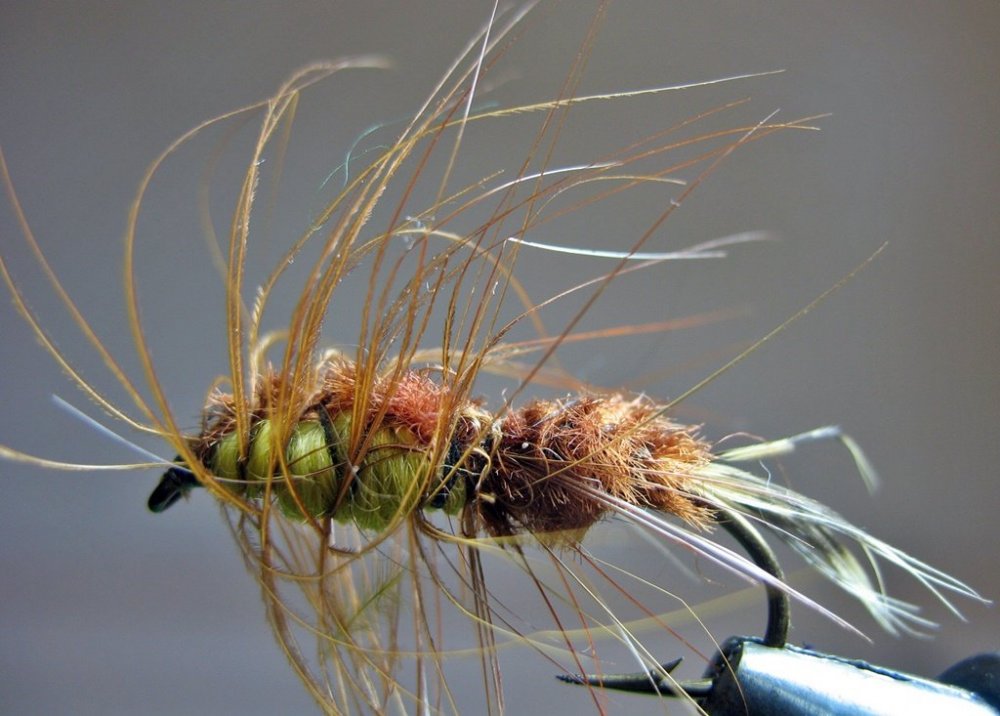


Show your kayak
in Fly Fishing Gear & Techniques
Posted · Report reply
My only kayak is a Nucanoe Frontier. After tipping over in the first kayak I tried out, I tested about 12 others before buying this one. To me the reason for a kayak (or any other floating craft,) is to stay on TOP of the water. This picture is 7 years old, and the kayak has NEVER been tipped over by anyone. The one person who tried to tip it over fell out while the Frontier stayed upright. Its not the fastest or lightest (75#,) but it stays upright. It is 12' and carries 450# payload. It can hold 2 anglers, if necessary. I fish this in Florida both in-shore, and in several rivers. Rivers here are very smooth, just like the in-shore lagoons. The only waves I encounter are from powered boats, and they are never a problem.
Since I like to fish while standing and I can do that in this boat. Stability was my first priority, cost was second. It has proved itself to me.